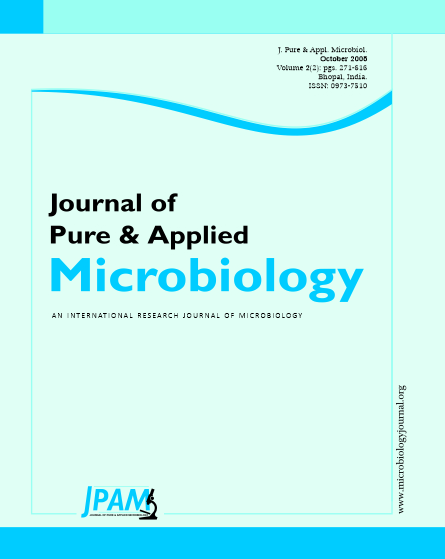Sixty-seven pure cultures of halophilic bacteria and yeasts were isolated from Thane creek water, soil, and other materials. High salinities (15% NaCl) were maintained during all phases of the isolation procedure to avoid possible destruction of obligate halophiles. Four of the cultures, all yeasts, proved to be obligate halophiles. Three are species of Candida and one of Torulopsis. They grew in the range of 10% to 20 % salinity and the optimum salinity was 15 %. They died rapidly when exposed to lower saline conditions between 0-5%.
Invertase, halophilic bacteria, halotolerant yeast
© The Author(s) 2008. Open Access. This article is distributed under the terms of the Creative Commons Attribution 4.0 International License which permits unrestricted use, sharing, distribution, and reproduction in any medium, provided you give appropriate credit to the original author(s) and the source, provide a link to the Creative Commons license, and indicate if changes were made.


